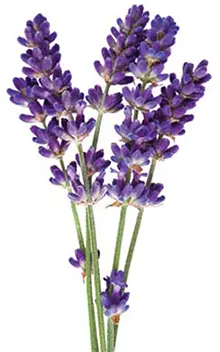
Origins of Lavender
Lavender, a member of the mint family and botanically known as Lavandula angustifolia, is a cornerstone in the world of aromatherapy. Native to the Mediterranean, this flowering plant is prized for its refreshing floral scent, which is extracted as a versatile essential oil. Lavender’s applications extend beyond its aromatic qualities, serving medicinal and household purposes.
Historical Background and Lore
Historically, the ancient Greeks used lavender in embalming, while both the Greeks and Romans utilized it for its healing and cleansing properties. A significant discovery occurred in 1910 when French chemist René-Maurice Gattefossé accidentally burned his hand and treated it with lavender essential oil. He noted the rapid healing and minimal scarring, a testament to its remarkable properties.
Therapeutic Uses of Lavender Essential Oil
Health Benefits
Lavender’s scent is renowned for its ability to relax the mind and body. It effectively relieves headaches, tension, anxiety, and insomnia, making it an ideal addition to bathwater or a pillow. When applied topically, it aids in healing wounds, burns, eczema, acne, and other skin irritations. In massage therapy, lavender oil alleviates muscle aches and reduces swelling.
Personal and Spiritual Growth
Lavender essential oil is a beacon of peace and tranquility, promoting relaxation and restful sleep. It uplifts the spirit and brings emotional balance, particularly benefiting those struggling with depression. Lavender also helps to unblock the third eye chakra, quieting the mind and enabling higher states of awareness.
